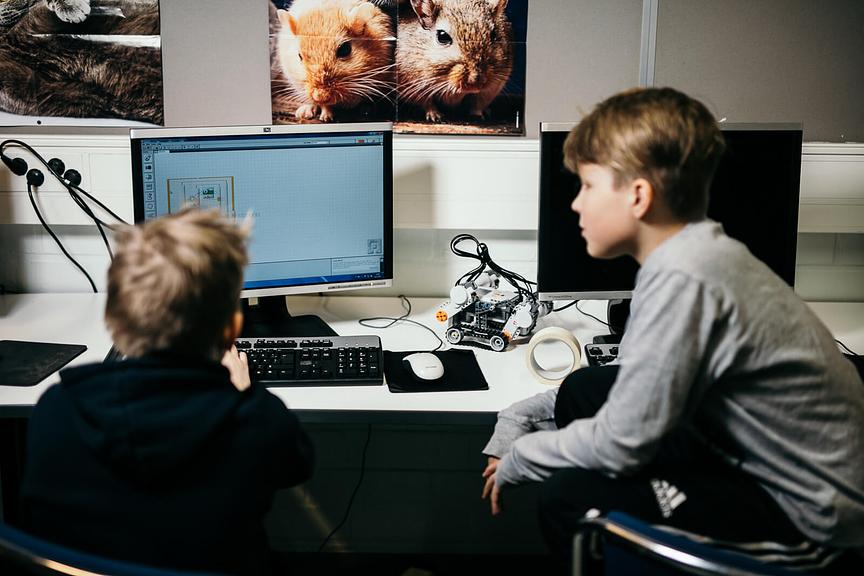Schools must give students the skills and knowledge they need to be able to influence their future. The Technology Education Class supports students’ technological literacy, i.e. understanding how the world around us is constructed from a technological point of view.
The Technology Education Class is a model suitable for different grade levels, where the projects form a consistent thread for learning. It is a pedagogical continuum that combines subjects in a meaningful way. Projects may sometimes continue from one grade to another, evolving along the way with students’ skills.
The projects are carried out as part of everyday school life, from everyday technology perspectives. The active role of students in building knowledge and collaborating is essential.
During the school year, teaching in Technology Education Class is built around four multidisciplinary learning units:
- everyday technology
- robotics and automation
- product design and entrepreneurship
- games and programming
The Technology Education Class requires a versatile learning environment, including a workshop space and a digital working environment. The technology-oriented classroom includes space, time, tools and materials for working with your hands, experimenting as well as creativity and design stemming from everyday problems.
Experts from local companies and educational establishments always play a role in the projects. Their role is to share their know-how with the students.
The operating model is extensive and therefore its adoption requires longer term work. The steps below offer guidelines for experimenting with the model, using everyday technology as an example. If you feel that the model is something you would like try out, be sure to contact us!
The Technology Education Class model was developed in Oulu at Rajakylä School, where developing began in 2012. At present, this model for teachers with technology-oriented teacher training is also being applied in junior high schools. In addition, in the fall of 2017, the thirteen new locations began testing the model.




